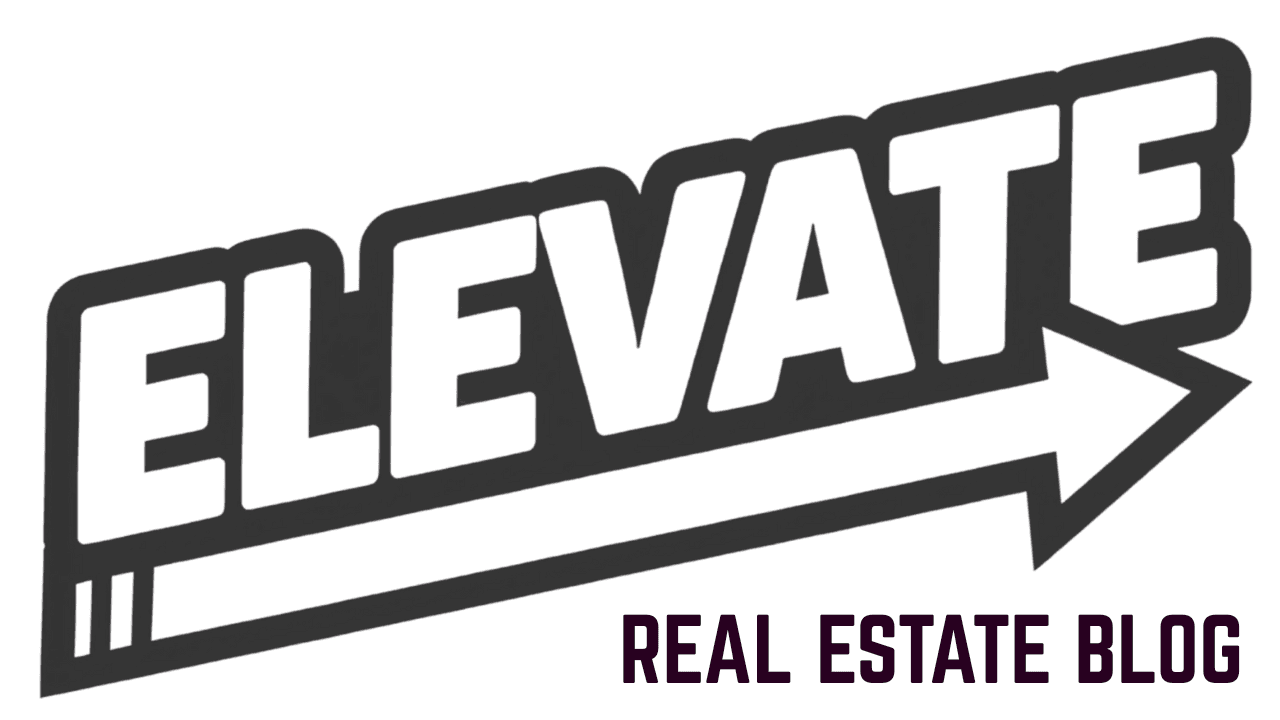Real estate professionals waste hours each week on repetitive tasks. Data entry. Lead routing. Follow-up emails. Social media posting. These activities drain time from revenue-generating work.
Zapier eliminates this problem. The platform connects your existing tools and automates workflows between them. When something happens in one app, Zapier triggers an action in another app automatically.
Understanding Zapier Mechanics
Zapier operates on a simple trigger-action model. A trigger is an event that starts your automation. An action is what happens as a result. These combinations create "Zaps" that run continuously without manual intervention.
For real estate agents, this means leads flow directly from your website into your CRM. New listings automatically post to social media. Property inquiries generate instant follow-up sequences. The system handles routine tasks while you focus on clients.
Setting up automation requires three steps. Connect your apps to Zapier. Create a Zap by selecting trigger and action apps. Test and activate the workflow.

Core Benefits for Real Estate Operations
Task automation produces measurable time savings. Real estate professionals report saving 10-15 hours weekly after implementing basic Zapier workflows. This time returns to prospecting, showing properties, and closing deals.
Data accuracy improves dramatically. Manual data entry creates errors. Zapier eliminates copy-paste mistakes by moving information automatically between systems. Lead details, contact information, and property data stay synchronized across platforms.
Response times decrease significantly. Automated follow-ups engage leads within minutes instead of hours. This speed advantage converts more prospects into appointments and sales.
Cost efficiency emerges over time. Zapier workflows maximize existing tool investments. Instead of purchasing additional software, you optimize current platforms through better integration.
Lead Management Automation
Lead capture represents the highest-impact automation for most agents. Connect lead sources like Facebook Lead Ads, landing pages, and contact forms directly to your CRM. New prospects appear in your system instantly with complete information.
Follow-up sequences activate automatically when leads enter your database. Welcome emails, property recommendations, and educational content deploy based on lead source and preferences. Personalized communication begins without manual effort.
Lead scoring happens in real-time. Zapier can analyze lead behavior and assign priority scores based on actions taken. High-value prospects get immediate attention while others enter nurture campaigns.

Listing and Marketing Workflows
New listing automation saves significant time. When you add a property to your MLS or listing platform, Zapier can simultaneously post to Facebook, Instagram, LinkedIn, and Twitter. Social media exposure begins immediately without additional work.
Property marketing extends beyond social posts. Create Zaps that generate property flyers, update your website listings, and send notifications to your sphere of influence. One listing entry triggers multiple marketing actions.
Market analysis workflows provide competitive intelligence. Connect property data sources to spreadsheets or analysis tools. Track neighborhood trends, price changes, and inventory levels automatically.
Transaction Management Systems
Document workflows reduce administrative burden. When clients submit purchase agreements or listing contracts, Zapier creates organized file folders, extracts key dates, and adds tasks to your calendar. Deal organization happens instantly.
Communication sequences keep transactions moving forward. Set up automated reminders for inspection deadlines, financing contingencies, and closing preparations. Clients receive timely updates without manual scheduling.
Compliance tracking improves accuracy. Important dates and requirements automatically populate your project management system. Nothing falls through the cracks during busy periods.

Advanced Integration Strategies
CRM optimization goes beyond basic lead entry. Create workflows that segment contacts based on property interests, price ranges, and geographic preferences. Targeted marketing campaigns become more effective with better segmentation.
Email marketing integration enhances client relationships. Sync CRM contacts with email platforms like Mailchimp or Constant Contact. Property updates, market reports, and valuable content reach the right audiences automatically.
Calendar management reduces scheduling friction. Connect showing requests to your calendar system. Available time slots populate automatically while conflicts get flagged for manual resolution.
Analytics and Performance Tracking
Data collection happens continuously through Zapier workflows. Track lead sources, conversion rates, and marketing effectiveness without manual reporting. Spreadsheets update automatically with performance metrics.
ROI measurement becomes more accurate. Connect marketing spend data with lead generation results. Calculate cost-per-lead and conversion rates across different platforms and campaigns.
Performance dashboards provide real-time insights. Combine data from multiple sources into unified reporting tools. Make informed decisions based on current market conditions and business performance.
Integration with Modern Real Estate Technology
Smart real estate professionals combine Zapier automation with advanced analytics platforms. Pulse Intelligence enhances automated workflows by providing market insights and performance tracking that inform your automation decisions.
When Zapier handles routine tasks, you gain bandwidth for strategic analysis. Market trend identification, competitive positioning, and opportunity assessment become primary focuses instead of administrative afterthoughts.
Data-driven automation works best. Performance metrics guide workflow optimization. A/B test different follow-up sequences, lead scoring methods, and marketing approaches to find what works in your market.

Implementation Planning
Start with high-impact, low-complexity automations. Lead capture and basic follow-up sequences provide immediate value without extensive setup requirements. Build confidence before tackling complex workflows.
Document existing processes before automation. Understanding current workflows helps identify automation opportunities and prevents important steps from being overlooked during setup.
Test automations thoroughly before full deployment. Use small data sets to verify workflows function correctly. Check data accuracy, timing, and error handling before processing large volumes.
Common Automation Scenarios
Buyer lead nurturing sequences deploy automatically based on search criteria and engagement levels. Property recommendations match client preferences without manual curation. Market updates reach interested prospects consistently.
Seller lead workflows capture listing inquiries and schedule consultations automatically. Competitive market analyses generate based on property addresses. Listing presentation materials populate with current market data.
Referral partner coordination maintains professional relationships. New client notifications reach referral sources automatically. Thank you communications deploy after successful closings.
Measuring Automation Success
Track time savings through before-and-after comparisons. Document hours spent on routine tasks before automation implementation. Measure reduction after workflows are active.
Monitor data quality improvements. Compare error rates in manual versus automated processes. Track lead response times and conversion rate changes.
Calculate ROI through productivity gains. Measure increased deal volume relative to automation costs. Factor in opportunity cost of manual task completion.
Real estate success depends on maximizing productive time. Zapier automation eliminates routine tasks that prevent focus on revenue-generating activities. Implementation requires initial effort but produces lasting efficiency gains.
The question is not whether to automate but how quickly you can implement effective workflows. Your competition is already gaining advantages through better system integration. Start with basic automations and expand capabilities over time.





